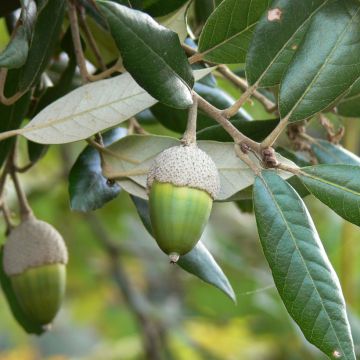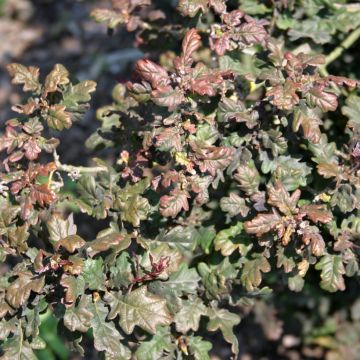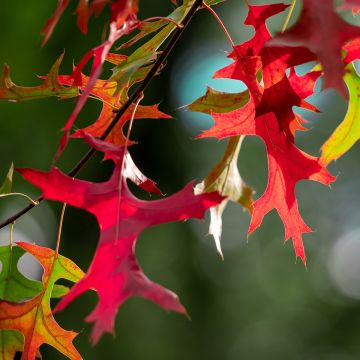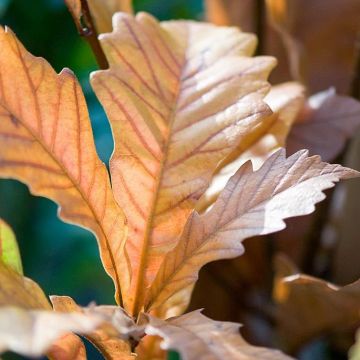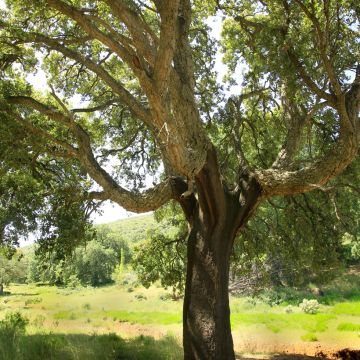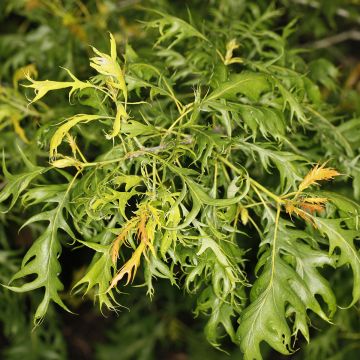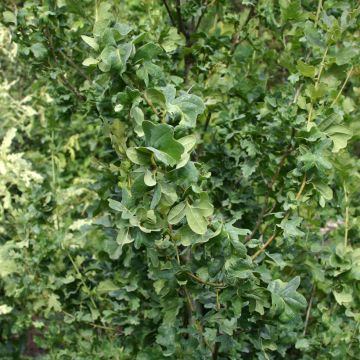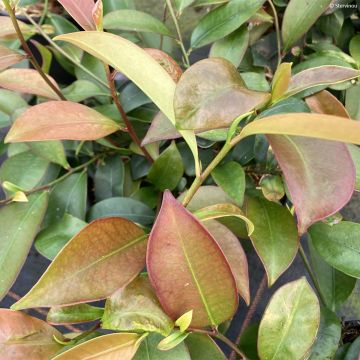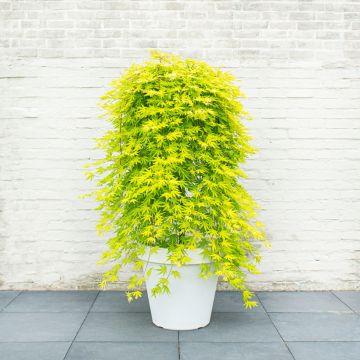Shipping country and language
Your country of residence may be:
Your country of residence is:
For a better user experience on our website, you can select:
Your shipping country:
-
Andorra
-
Austria
-
Belgium
-
Bulgaria
-
Canada
-
Chile
-
Croatia
-
Cyprus
-
Czechia
-
Denmark
-
Estonia
-
Finland
-
France
-
Germany
-
Greece
-
Hungary
-
Iceland
-
Ireland
-
Italy
-
Latvia
-
Lithuania
-
Luxembourg
-
Malta
-
Monaco
-
Netherlands
-
Poland
-
Portugal
-
Romania
-
Slovakia
-
Slovenia
-
Spain
-
Sweden
-
Switzerland
-
United Kingdom
We only deliver seed and bulb products to your country. If you add other products to your basket, they cannot be shipped.
Language:
-
French
-
German
-
Spanish
-
English
-
Italian
My Account
Hello
My wish lists
Log in / Register
Existing customer?
New customer?
Create an account to track your orders, access our customer service and, if you wish, make the most of our upcoming offers.
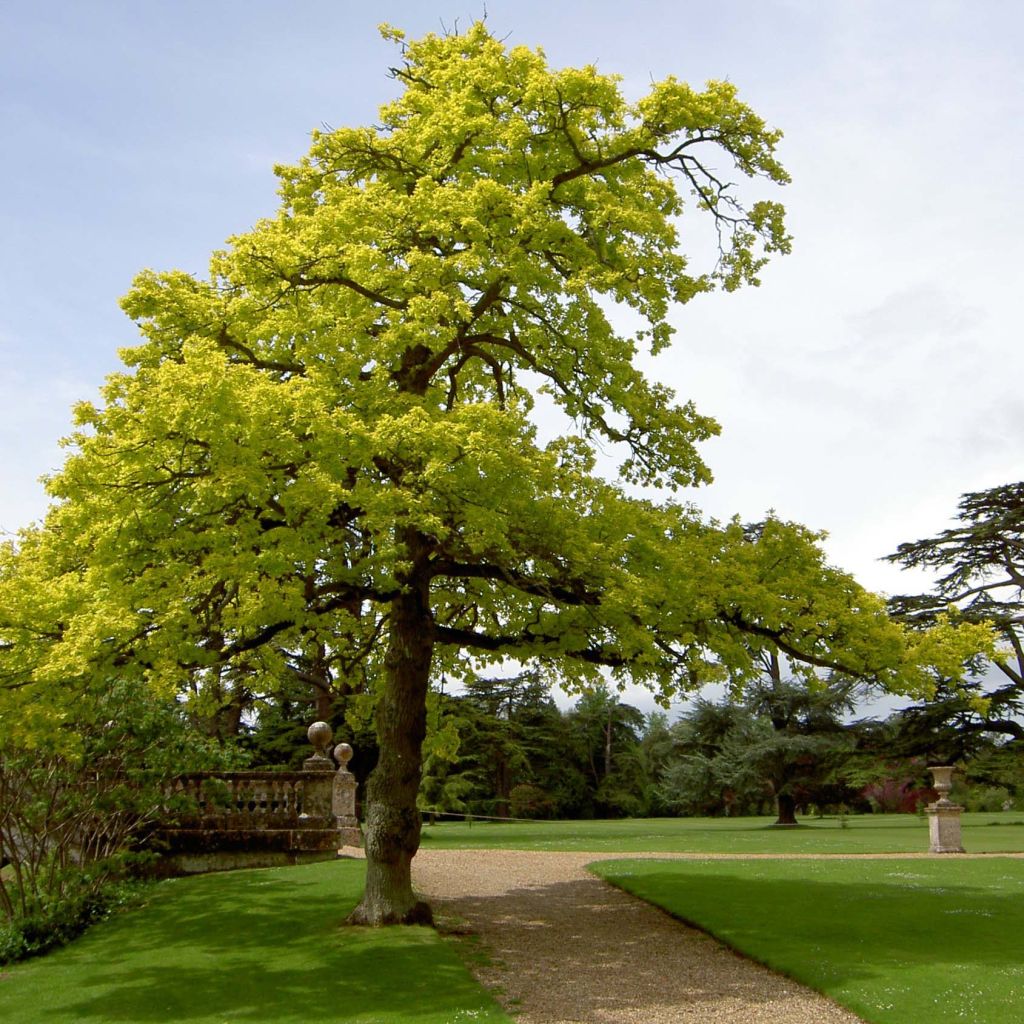

Chêne pédonculé doré - Quercus robur Concordia


Chêne pédonculé doré - Quercus robur Concordia
Quercus robur Concordia - English Oak
Quercus robur Concordia
English Oak, Common Oak, Pedunculate Oak
After more than 2 years of waiting for the availability of the bush concordia, I was able to purchase the very latest and do not regret my long wait, a magnificent little tree that is very bright, potted in anticipation of its planting in autumn to ensure it survives the probably scorching summer. Always very well packaged, thank you for the great diversity of young plants and bushes.
Jean-Michel , 25/05/2023
Why not try an alternative variety in stock?
View all →Order in the next for dispatch today!
Dispatch by letter from €3.90.
Delivery charge from €5.90 Oversize package delivery charge from €6.90.
More information
This item is not available in your country.
Schedule delivery date,
and select date in basket
This plant carries a 24 months recovery warranty
More information
We guarantee the quality of our plants for a full growing cycle, and will replace at our expense any plant that fails to recover under normal climatic and planting conditions.
From €5.90 for pickup delivery and €6.90 for home delivery
Express home delivery from €8.90.

Does this plant fit my garden?
Set up your Plantfit profile →
Description
Quercus robur 'Concordia' is a very beautiful cultivar of the pedunculate oak, with moderate growth and bright yellow foliage until summer. Extremely bright and easily maintained through pruning, this contrasting tree will find its place in a medium to small-sized garden, in combination with green or purple foliage. Just like its big brother the common oak, it is perfectly adapted to most of our temperate regions. It only needs light, slightly calcareous, fertile, and fresh soil to thrive.
The pedunculate oak, also known as the common oak, English oak, male oak, or gravelin, belongs to the Fagaceae family. It is native to a large part of temperate Europe. It appreciates sub-oceanic to oceanic climates, or continental climates without excess and relatively humid. This tree is very common in our lowland plains and hills, but rare in the Southern Alps and Mediterranean region, which are too dry and too hot. In its natural habitat, it can reach up to 50m (164ft) in height and have a spread of 25 to 30m (82 to 98ft 5in), while its trunk can measure up to 2m (6ft 7in) in diameter. With a fairly exceptional longevity, this oak can live up to 2000 years according to some estimates.
The 'Concordia' cultivar will reach an average maturity height of 7m (23ft) with a spread of 5-6m. The growth of this oak is moderately fast. Its habit is erect during its early years, with the canopy gradually expanding to adopt a more rounded shape. The trunk, quite short, is initially green and smooth, then becomes grey, thick, and deeply fissured. Its young branches are glabrous and grey in colour, shiny. The foliage, late deciduous, is composed of alternate, soft, obovate leaves that can reach 5 to 15cm (2 to 5.9in) in length and 3 to 8cm (1.2 to 3.1in) in width. Each leaf is divided into 5 to 7 pairs of asymmetrical rounded lobes, separated by relatively deep sinuses. The base of the lamina is narrow and has 2 small lobes. The colour of the lamina is acidic green when it buds, becoming more yellow with increasing light intensity, with the lower surface being paler. The leaves turn brown quite late in autumn and remain attached to the branches before falling. The flowering of this oak occurs in April-May, shortly after the appearance of the foliage, on the annual shoots. The female flowers are placed in a cupule carried by a long peduncle: this distinctive characteristic is the origin of the species name, pedunculata. The male inflorescences are elongated, pendulous catkins, tinged with yellow. They are produced on older branches. The female flowers give way to ovoid and elongated acorns, measuring 1.5 to 3cm (0.6 to 1.2in) in length. They are often grouped in pairs or threes and attached to a long peduncle. A cupule covered with scales covers one-third of the acorn. The color changes from green to brown when ripe, in September and October. The root system of this tree is deep and powerful, with both a taproot and extensive lateral roots, providing a solid and durable anchor in deep and compact soils.
The 'Concordia' oak, a contrasting tree, will become one of the main features of a natural or even contemporary garden large enough to accommodate it. In spring, a graceful ballet of young acidic green leaves takes place, turning to golden yellow as they unfold, a shade to be associated with the purple of hazelnut trees or the 'Purpurascens' variety, as well as the blue flowers of Sophora davidii or buddleias. It can be planted individually or in a grove. It also has the advantage of providing pleasant shade, which will reflect light in winter, and producing abundant leaf litter, favourable for the growth of certain plants that germinate under its cover. Its fruits, sometimes produced in abundance, feed small animals such as squirrels and jays.
Report an error about the product description
Quercus robur Concordia - English Oak in pictures




Plant habit
Flowering
Foliage
Botanical data
Quercus
robur
Concordia
Fagaceae
English Oak, Common Oak, Pedunculate Oak
Cultivar or hybrid
Other Oak
Planting and care
Quercus robur 'Concordia' grows in ordinary but deep soil, fresh in depth, preferably clayey, slightly limestone, neutral or slightly acidic. Once established, this deep-rooted tree can withstand normal summers and does not require any watering. This oak succeeds in almost all locations, except for coastal areas, the Mediterranean region, and the Southern Alps. It appreciates moist but well-drained soils, where its growth will be faster. It prefers very sunny and well-cleared exposures. Place a sturdy stake to help it get started, follow the watering instructions, and then let nature take its course. It is a tree that, once installed, requires very little maintenance except for the removal of dead wood. It is not very susceptible to diseases, only powdery mildew is to be feared for its foliage.
Planting period
Intended location
Care
-
, onOrder confirmed
Reply from on Promesse de fleurs
Striking foliage shrubs
Haven't found what you were looking for?
Hardiness is the lowest winter temperature a plant can endure without suffering serious damage or even dying. However, hardiness is affected by location (a sheltered area, such as a patio), protection (winter cover) and soil type (hardiness is improved by well-drained soil).

Photo Sharing Terms & Conditions
In order to encourage gardeners to interact and share their experiences, Promesse de fleurs offers various media enabling content to be uploaded onto its Site - in particular via the ‘Photo sharing’ module.
The User agrees to refrain from:
- Posting any content that is illegal, prejudicial, insulting, racist, inciteful to hatred, revisionist, contrary to public decency, that infringes on privacy or on the privacy rights of third parties, in particular the publicity rights of persons and goods, intellectual property rights, or the right to privacy.
- Submitting content on behalf of a third party;
- Impersonate the identity of a third party and/or publish any personal information about a third party;
In general, the User undertakes to refrain from any unethical behaviour.
All Content (in particular text, comments, files, images, photos, videos, creative works, etc.), which may be subject to property or intellectual property rights, image or other private rights, shall remain the property of the User, subject to the limited rights granted by the terms of the licence granted by Promesse de fleurs as stated below. Users are at liberty to publish or not to publish such Content on the Site, notably via the ‘Photo Sharing’ facility, and accept that this Content shall be made public and freely accessible, notably on the Internet.
Users further acknowledge, undertake to have ,and guarantee that they hold all necessary rights and permissions to publish such material on the Site, in particular with regard to the legislation in force pertaining to any privacy, property, intellectual property, image, or contractual rights, or rights of any other nature. By publishing such Content on the Site, Users acknowledge accepting full liability as publishers of the Content within the meaning of the law, and grant Promesse de fleurs, free of charge, an inclusive, worldwide licence for the said Content for the entire duration of its publication, including all reproduction, representation, up/downloading, displaying, performing, transmission, and storage rights.
Users also grant permission for their name to be linked to the Content and accept that this link may not always be made available.
By engaging in posting material, Users consent to their Content becoming automatically accessible on the Internet, in particular on other sites and/or blogs and/or web pages of the Promesse de fleurs site, including in particular social pages and the Promesse de fleurs catalogue.
Users may secure the removal of entrusted content free of charge by issuing a simple request via our contact form.
The flowering period indicated on our website applies to countries and regions located in USDA zone 8 (France, the United Kingdom, Ireland, the Netherlands, etc.)
It will vary according to where you live:
- In zones 9 to 10 (Italy, Spain, Greece, etc.), flowering will occur about 2 to 4 weeks earlier.
- In zones 6 to 7 (Germany, Poland, Slovenia, and lower mountainous regions), flowering will be delayed by 2 to 3 weeks.
- In zone 5 (Central Europe, Scandinavia), blooming will be delayed by 3 to 5 weeks.
In temperate climates, pruning of spring-flowering shrubs (forsythia, spireas, etc.) should be done just after flowering.
Pruning of summer-flowering shrubs (Indian Lilac, Perovskia, etc.) can be done in winter or spring.
In cold regions as well as with frost-sensitive plants, avoid pruning too early when severe frosts may still occur.
The planting period indicated on our website applies to countries and regions located in USDA zone 8 (France, United Kingdom, Ireland, Netherlands).
It will vary according to where you live:
- In Mediterranean zones (Marseille, Madrid, Milan, etc.), autumn and winter are the best planting periods.
- In continental zones (Strasbourg, Munich, Vienna, etc.), delay planting by 2 to 3 weeks in spring and bring it forward by 2 to 4 weeks in autumn.
- In mountainous regions (the Alps, Pyrenees, Carpathians, etc.), it is best to plant in late spring (May-June) or late summer (August-September).
The harvesting period indicated on our website applies to countries and regions in USDA zone 8 (France, England, Ireland, the Netherlands).
In colder areas (Scandinavia, Poland, Austria...) fruit and vegetable harvests are likely to be delayed by 3-4 weeks.
In warmer areas (Italy, Spain, Greece, etc.), harvesting will probably take place earlier, depending on weather conditions.
The sowing periods indicated on our website apply to countries and regions within USDA Zone 8 (France, UK, Ireland, Netherlands).
In colder areas (Scandinavia, Poland, Austria...), delay any outdoor sowing by 3-4 weeks, or sow under glass.
In warmer climes (Italy, Spain, Greece, etc.), bring outdoor sowing forward by a few weeks.
